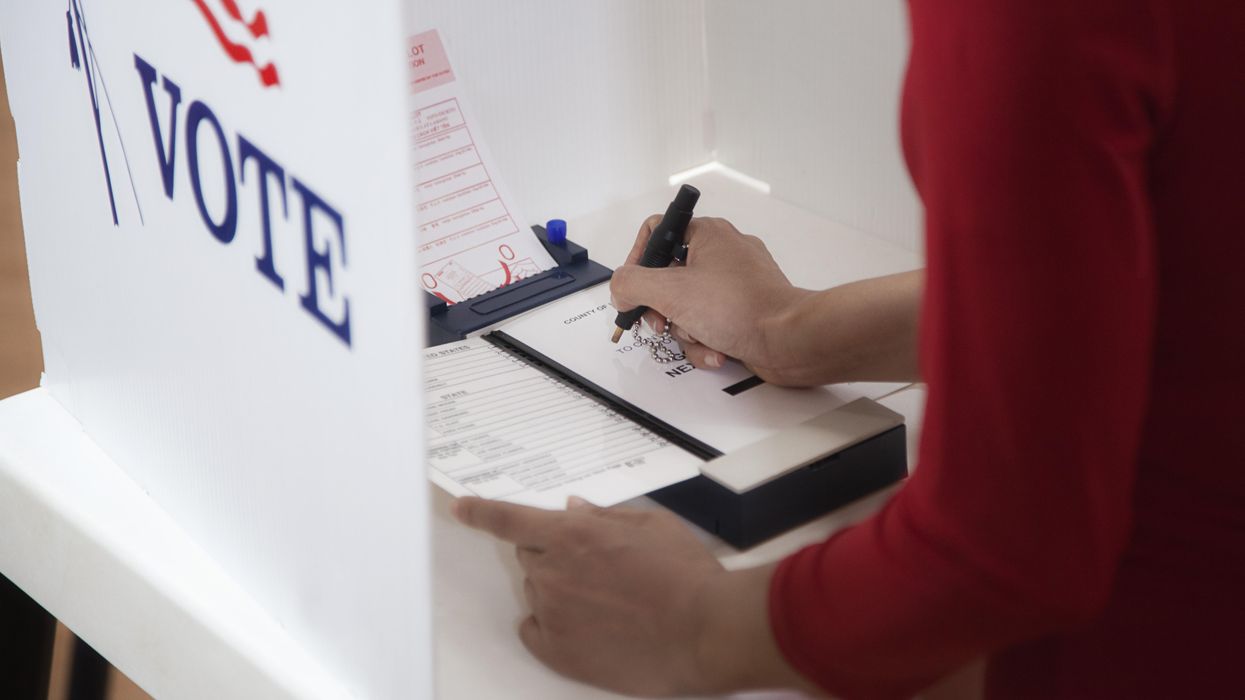New York City’s election has gotten a lot of attention over the last few weeks, and ranked choice voting is a big part of the reason why.
Heads turned when 33-year-old state legislator Zohran Mamdani knocked off Andrew Cuomo, a former governor from one of the Democratic Party’s most prominent families. The earliest polls for the mayoral primary this winter found Mamdani struggling to reach even 1 percent.
But polls don’t get to pick the winner. Voters do. And voters in New York City got to choose with ranked choice voting, which created the best of all possible worlds: A positive, issue-driven campaign with a wide range of candidates who could only win by engaging with voters.
While pundits have looked for clues in Mamdani’s messaging and social media strategies, the real takeaway from New York City isn’t what it means for Democrats, Republicans, or the 2026 midterms; It’s that better elections can empower voters to choose candidates who are accountable to them.
Ranked choice voting helped create an entirely different campaign in New York. It put voters back in charge – at a moment when record numbers of voters of all backgrounds are dissatisfied with the state of our democracy. With RCV, over one million New Yorkers – larger than the electorate in 17 states – experienced a better way to vote, and offered lessons for the rest of the nation.
Pundits thought that Cuomo’s name recognition and Super PAC funding would make him unstoppable – and that it would be very difficult for any serious challenger to emerge from a field so large. In other words: That the polls, his last name, and all that money would decide the race. Voters would merely ratify it.
That’s not how a ranked choice election works. When voters can rank their favorite candidates in order, rather than just picking one, plurality winners from divided fields become a thing of the past. And when politicians need to win with majority support and campaign to be voters’ second and third choices, they campaign broadly and talk to as many different voters as possible. Instead of going negative, they build coalitions and focus on issues important to voters.
The campaign in New York City did not resemble politics as usual – and that’s a good thing. Mamdani and city comptroller Brad Lander not only cross-endorsed each other, but bicycled across Manhattan to events together, and even shared the couch on Stephen Colbert’s Late Show. Jessica Ramos and Whitney Tilson expressed their support for Cuomo.
Cuomo, however, declined to rank anyone other than himself – while Mamdani recognized that RCV favors candidates who engage with voters. He and his volunteers did that more doggedly than anyone.
Ranked choice voting has no party bias. Republicans and Democrats have won RCV races in cities and states nationwide, as have liberals, conservatives, centrists, and independents. But it absolutely has an engagement bias: The best way to win is to take your message to the most voters and persuade them. That’s what politics should be.
Most importantly, voters in New York City resoundingly liked voting with RCV, and the more constructive politics it delivers.
An exit poll conducted by SurveyUSA found that 96 percent of voters found it easy to complete their ballot. More than three-quarters want to keep ranked choice voting, or even expand it to additional races.
Turnout skyrocketed to its highest mark since 1989, with over 1 million New Yorkers voting. And most importantly, 95 percent of voters weighed in between the top two vote-getters.
That includes more than 158,000 voters who put someone other than Mamdani or Cuomo first, but still indicated their preference for one over the other on their ballot. They experienced firsthand how RCV can give voters both more choice and more voice at the ballot box.
When 96 percent of New Yorkers can agree on something, perhaps it’s worth taking notice. Instead of polarizing us further, our elections can be an opportunity to build coalitions behind a future that a majority of voters support.
It’s a simple step, but a powerful one: It’s time to bring ranked choice voting to more cities and more states – and ensure that how we elect our leaders truly reflects the will of voters.
Meredith Sumpter is the president and CEO of FairVote, a nonpartisan organization seeking better elections for all.




















